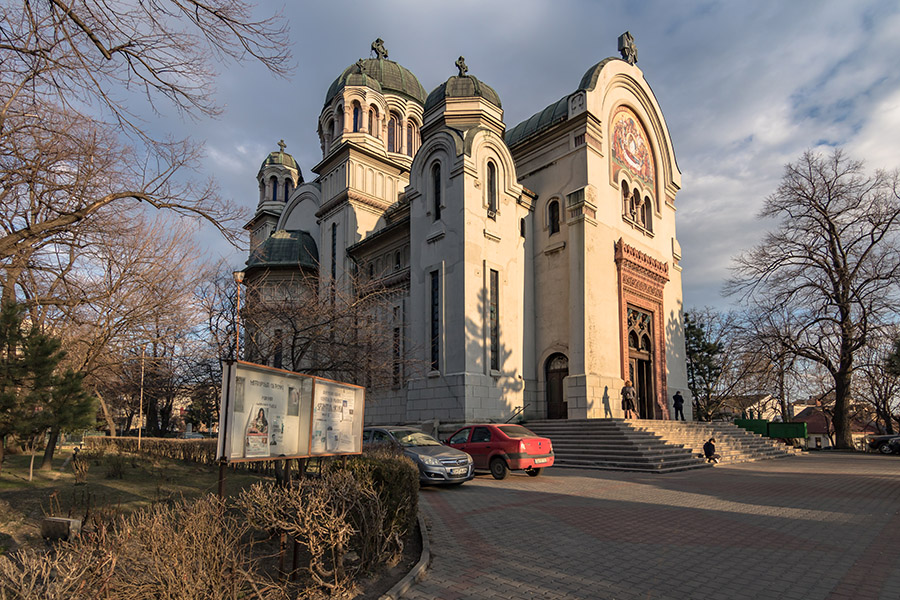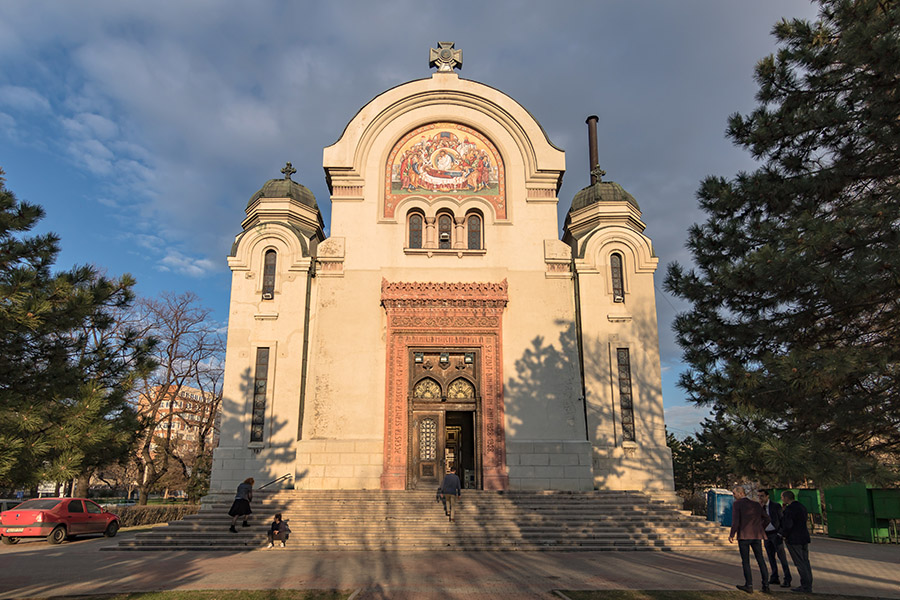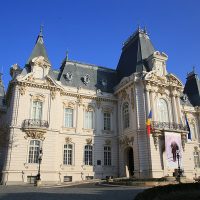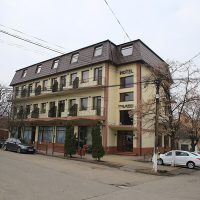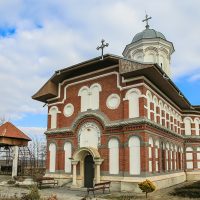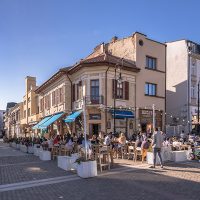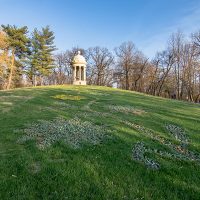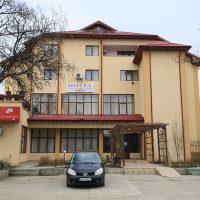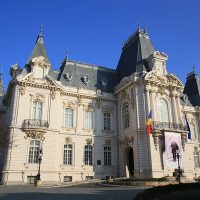








The church bears this name because of the icon of the Blessed Virgin Mary, found in the seventeenth century in a mulberry tree, located right where it was built. It was built (in Brancovan style) between 1758-1760, on the site of an old wooden church (dating from 1700), by the great clerk Constantin Fotescu and the tanner Hagi Ion Gheorghe. Endowed by the founders with several estates and shops, the church housed in its rooms the first mental hospital in the region. In 1841, it was demolished (after the earthquake of 1838 it had been completely ruined), and between 1842 and 1844, it was rebuilt in the style of the Austrian Baroque by a Viennese architect, brought by the boyard Iordache Otetelişanu. Becoming too small, the holy place was torn down in 1913, instead the present church was erected, built in neo-Byzantine style according to the plans of architects Ion Trojănescu (Traianescu) and Sterie Becu (consecrated in 1942). It is one of the important religious places of Craiova and has played an important cultural and philanthropic role over time. Since 1992, it has been an episcopal cathedral.
Download PDF
